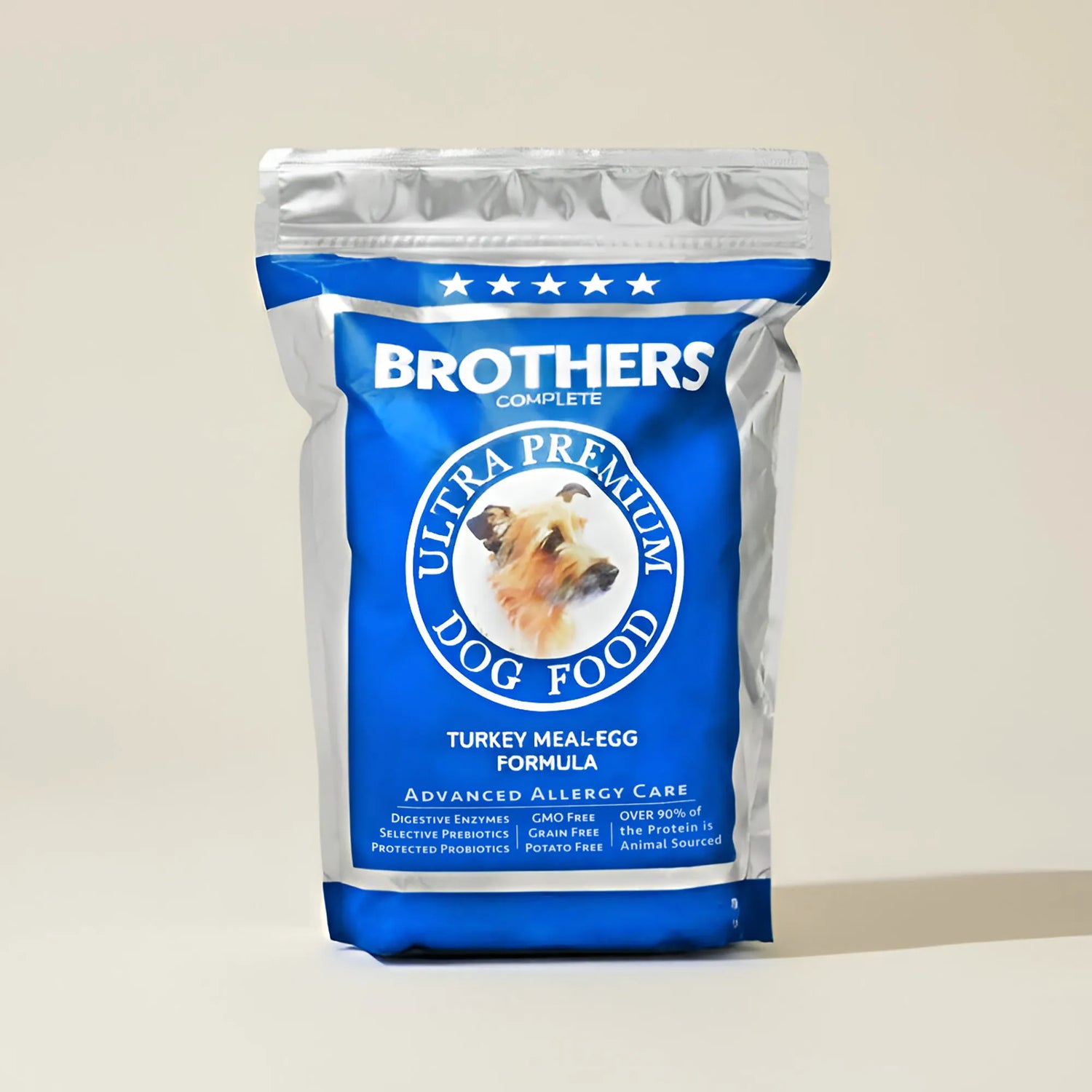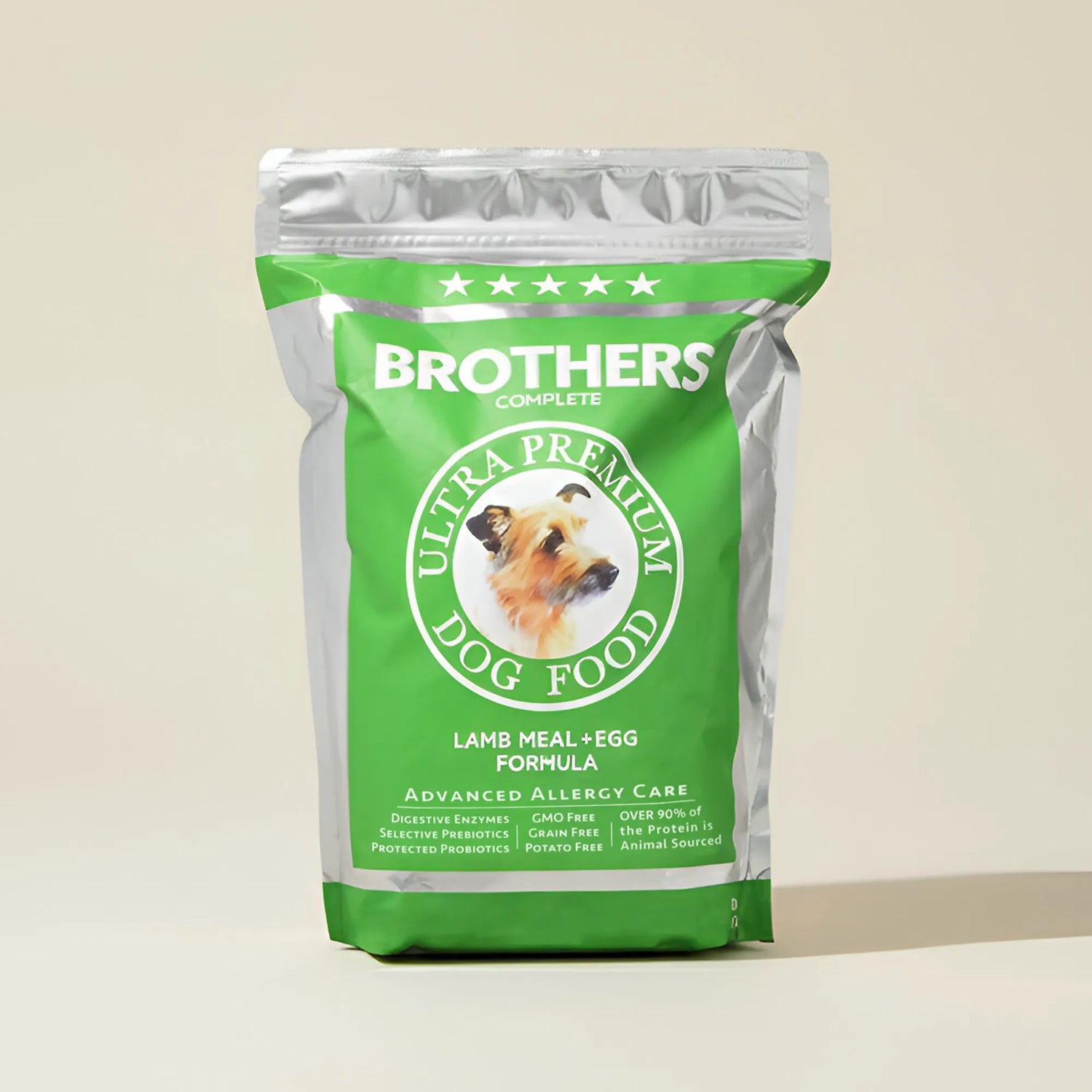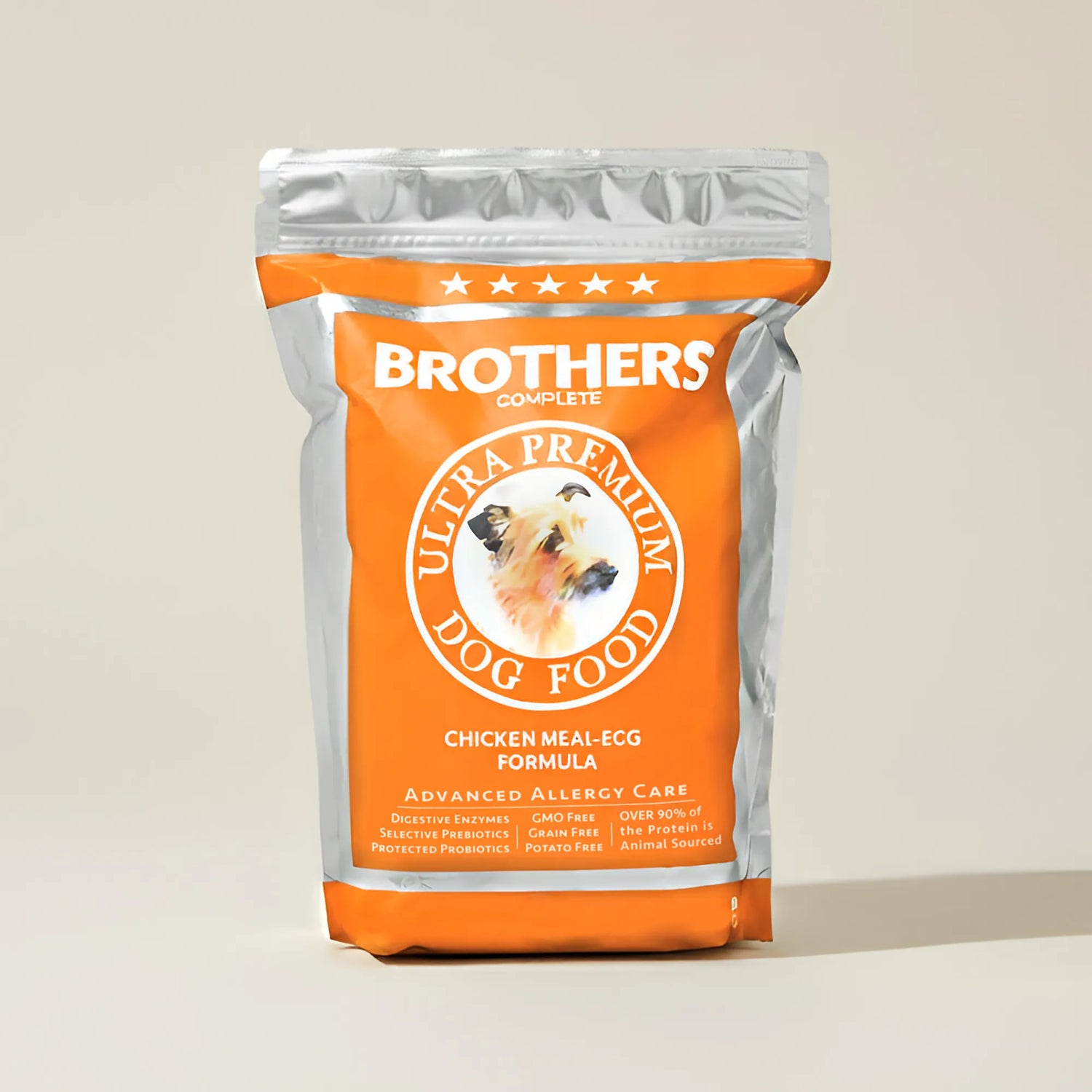
Are You Overfeeding Your Dog? Here’s How to Know — And What to Do About It
Summary:
Love and full bowls go hand in hand — but too much of a good thing can quietly sabotage your dog’s health. Overfeeding is one of the most common nutrition mistakes pet parents make, often with the best intentions. In this post, we’ll break down the signs and symptoms of overfeeding, explain how to portion dog food correctly, and share expert-backed tips to help your dog reach and maintain a healthy weight without sacrificing satisfaction.
You’re Not Alone — Overfeeding Happens
According to the AKC, more than half of dogs in the U.S. are overweight or obese — and most of their owners have no idea. It’s not about laziness or neglect. It’s about well-meaning habits that slowly add up: a few extra scoops here, a handful of treats there, topping off the bowl just to be sure.
But a bowl that’s too full — or filled too often — can cause more than just weight gain.
Symptoms of Overfeeding Your Dog
You don’t need a scale to spot the early signs of overfeeding. Here’s what to watch for:
- Soft or loose stools (yes, overfeeding can cause diarrhea)
- Gas or bloating
- Weight gain (especially gradual)
- Lethargy or low energy after meals
- Picky eating (ironically, overfed dogs often lose interest in food)
- Begging, even when full — due to habit, not hunger
- Dull coat or skin issues (a sign of nutrient imbalance)
These symptoms can show up subtly, especially in overfed puppies, where the excess food may be mistaken for a growth spurt.
Can You Overfeed a Puppy?
Absolutely — and it’s more common than you might think.
AAHA emphasizes that overfeeding during growth stages can cause joint strain, skeletal problems, and increase the risk of obesity later in life.
Common overfed puppy symptoms include:
- Rapid weight gain
- Soft stools or diarrhea
- Restlessness or discomfort after eating
- “Pudgy” belly that doesn’t flatten with growth
- Lack of defined waist
The bottom line: puppies need nutrient-dense, balanced food — not extra volume.
Why Serving Size Matters More Than You Think
If you’ve ever wondered “What’s the right dog food serving size?” or “Do dog food companies overestimate portions?” — you're not alone.
As the Schwarzman Animal Medical Center points out, many pet parents overfeed simply because they’re following outdated or overly generous guidelines on the bag.
Dog food portions should be based on:
- Ideal weight, not current weight
- Activity level
- Life stage (puppy, adult, senior)
- Food density and calorie count
Some high-quality, nutrient-dense foods (like Brothers) pack more nutrition into fewer calories — which means you feed less, but your dog gets more.
Overfeeding Isn’t Just About Weight
Overfeeding affects more than just the scale. According to research published by the National Institutes of Health, chronic overfeeding can lead to:
- Digestive disruption
- Chronic inflammation
- Metabolic disorders
- Shortened lifespan
Even if your dog looks healthy on the outside, their gut, organs, and joints might be under silent strain from excess food.
How to Portion Dog Food Correctly
1. Know Their Ideal Weight
Your vet can help you determine what your dog should weigh — and that’s the number you base feeding on, not their current weight if they’re already overweight.
2. Check the Calories, Not Just the Cups
Different dog foods have different calorie densities. Always look at calories per cup, not just “cups per day.”
3. Use a Digital Scale
If you're serious about portion control, consider weighing food instead of eyeballing scoops. Precision matters.
4. Factor in Treats and Extras
That cheese cube, bite of toast, or training snack adds up. Keep treats under 10% of daily calories.
A Gut-First Fix for Overfeeding
Feeding less food doesn’t mean your dog has to feel less satisfied. With the right recipe, you can nourish more with less.
At Brothers, every bowl is built to support:
- Satiety through digestible animal-sourced protein
- Energy without blood sugar crashes (thanks to low-glycemic carbs)
- Optimal digestion through enzymes and probiotics
- Lean muscle support to fuel activity, not fat
Because our food is nutrient-dense and gut-focused, many pet parents find they can feed less volume — and get better results.
Final Thoughts: Feed With Intention, Not Just Volume
Overfeeding doesn’t make you a bad dog parent. It makes you human. But once you understand how much food your dog really needs — and how much better they feel with the right nutrition — everything changes.
Feeding less can mean:
- Fewer stomach issues
- More energy and play
- Longer walks, longer naps, longer life
And that’s a trade-off worth making.
Need help fine-tuning your dog’s portions?
We’re happy to help. Reach out anytime — or explore our gut-health-first recipes at brothersdogfood.com
Sources
- AKC American Kennel Club: https://www.akc.org/expert-advice/nutrition/how-much-should-i-feed-my-dog/
- AAHA American Animal Hospital Association: https://www.aaha.org/resources/5-ways-to-know-how-much-to-feed-your-pet/
- AMC Schwarzman Animal Medical Center: https://www.amcny.org/blog/2012/01/09/the-importance-of-portion-control-for-pets/
- NIH National Library of Medicine: https://pmc.ncbi.nlm.nih.gov/articles/PMC6488012/







